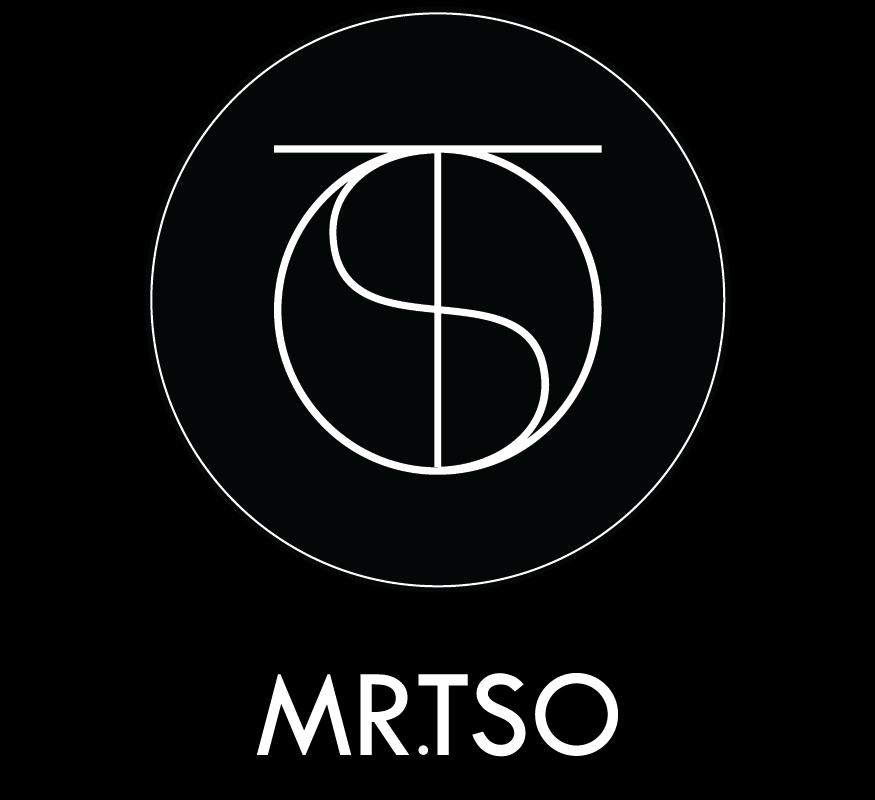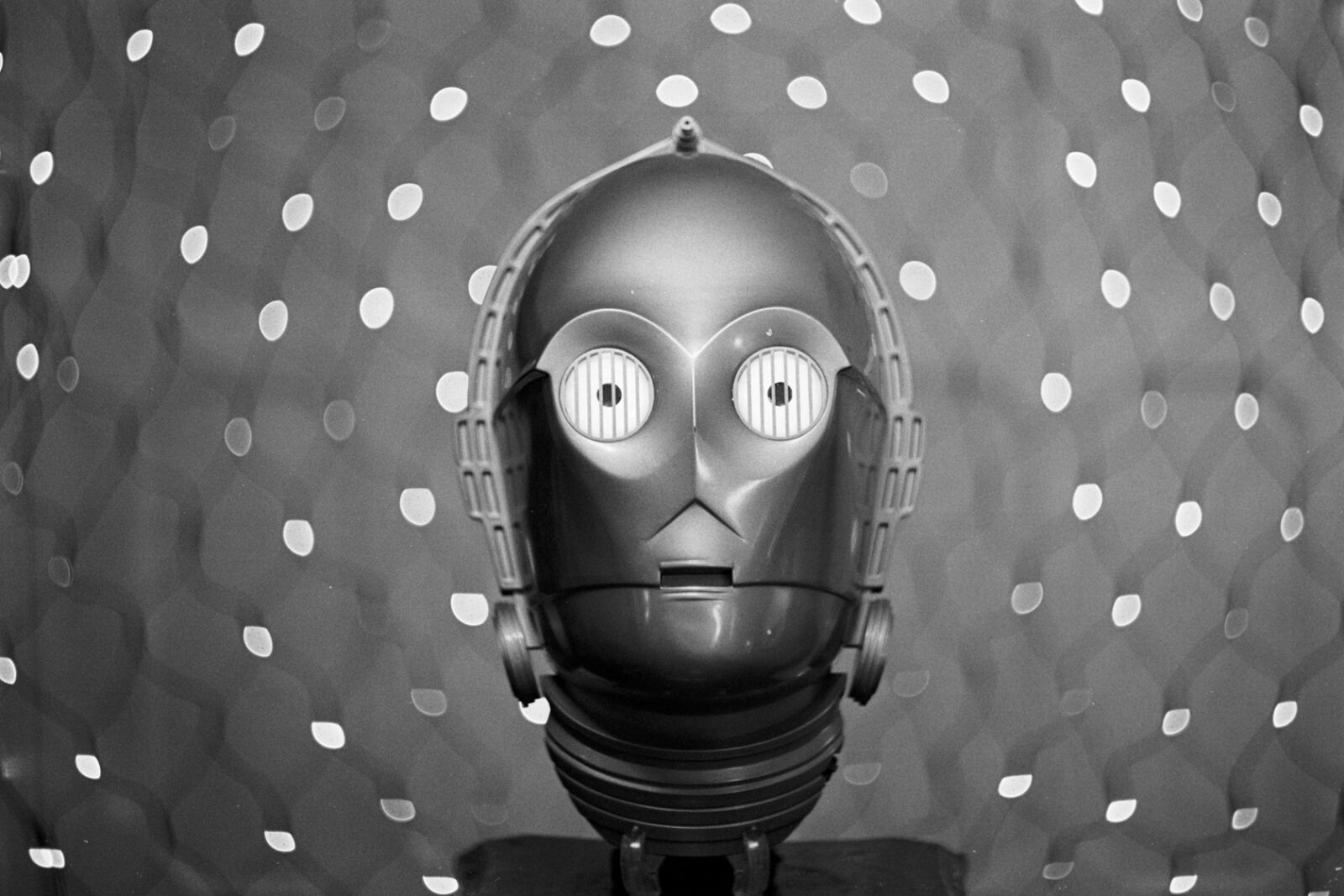THE BACKGROUND
I haven’t shot my Pentax rig in years. That’s because there was a mirror lock-up problem on both my Pentax bodies (SP 500 and ES), which was really annoying, so both bodies stayed in a cupboard, collecting dust for years, along with my collection of M42-mount lenses. This Friday, since I had some free time at home because of the quarantine, I searched online and found this wonderful tutorial, which helped me easily fix both Pentaxes and now, after years, I’ve got a full film SLR kit again, ready for shooting. However, it’s really been too many years since I’ve shot this system and I don’t remember how some of the lenses render at all, so I thought I’d load an HP5 in the SP 500 (got no battery for the ES) and do a lens shootout, to get some samples and comparisons of the lenses, mostly wide open. The shootout is between 6 six lenses. 2 of them were handed over to me by my dad with his original Spotmatic (The Japanese boys: 50mm super-takumar & 28mm Chinon), 3 of them I bought with cheap, busted-up Zenit cameras in flea markets (Helios 44M, Helios 44M-4 & Jupiter 11A) and 1 of them was given to me years ago by a friend (Pentacon 135mm f2.8).
Obviously, this is not an extensive, detailed review, just a shootout I did for fun, and to get reacquainted with my lenses. I hope you enjoy it as much as I did :)
THE EQUIPMENT
PENTAX SP 500:

THE LENSES (in the order of the shootout)
My staple, go-to Pentax lens (this one I remember well, because I’ve shot it quite a lot, and love it).
It’s none other than the famous, radioactive Asahi Super-Takumar 50mm, f1.4:

Two versions of the same 58mm f2 lens, the Helios 44M:

and the Helios 44M-4:
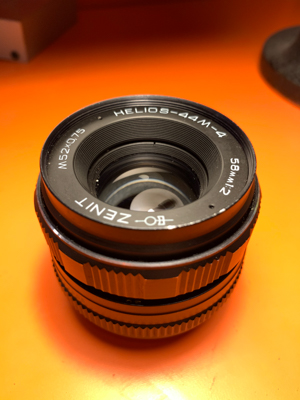
a version of the Soviet “rocket ship” lens, the 135mm, f4 Jupiter 11A:

the Pentacon 135mm f2.8 Auto MC:

and, finally, the only wide angle in the mix, the Chinon Auto MC 28mm f2.8:

THE SET-UP:
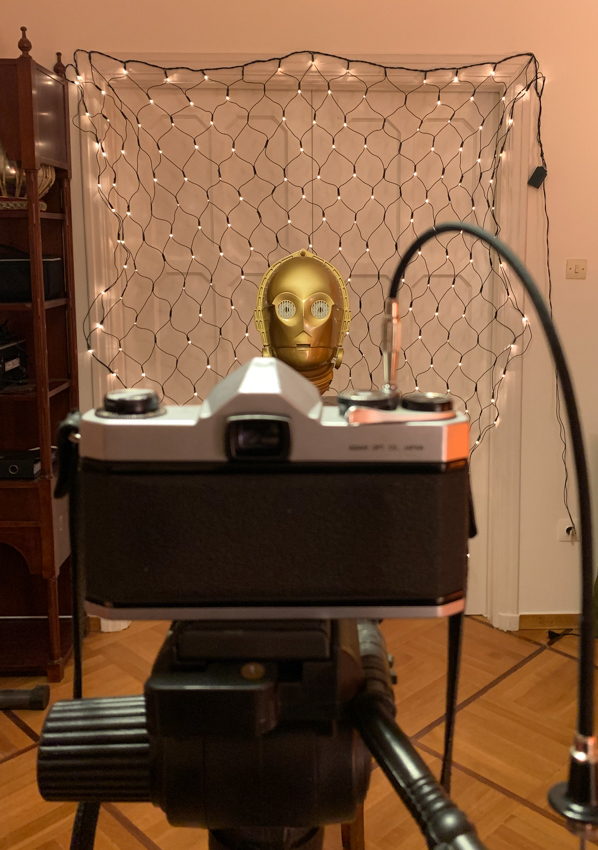
This was what the makeshift set-up looked like at my office :) I put up some lights in the background to test the bokeh of the lenses, and shot everything on Ilford HP5+ film, at ISO 640, developed in XTOL and scanned with a Plustek 8200i. Obviously, there have been no additional edits in Lightroom. Here are the results (all shot wide open, unless stated otherwise).
THE RESULTS
C-3PO
Asahi Super-Takumar 50mm, f1.4:

same lens, at 2.8:

Helios 44M, 58mm f2:


Helios 44M-4, 58mm f2 (identical to the previous version, apparently):


Jupiter 11A, 135mm f4:


Pentacon Auto MC, 135mm f2.8:


Chinon Auto MC 28mm f2.8


ROLLEI
Asahi Super-Takumar 50mm, f1.4:

super-takumar magic at close focus:

Helios 44M, 58mm f2:

Helios 44M-4, 58mm f2 (again, identical with the 44M version):

Jupiter 11A, 135mm f4:

Pentacon Auto MC, 135mm f2.8:

Chinon Auto MC 28mm f2.8

HIBIKI
Asahi Super-Takumar 50mm, f1.4:

Helios 44M, 58mm f2:
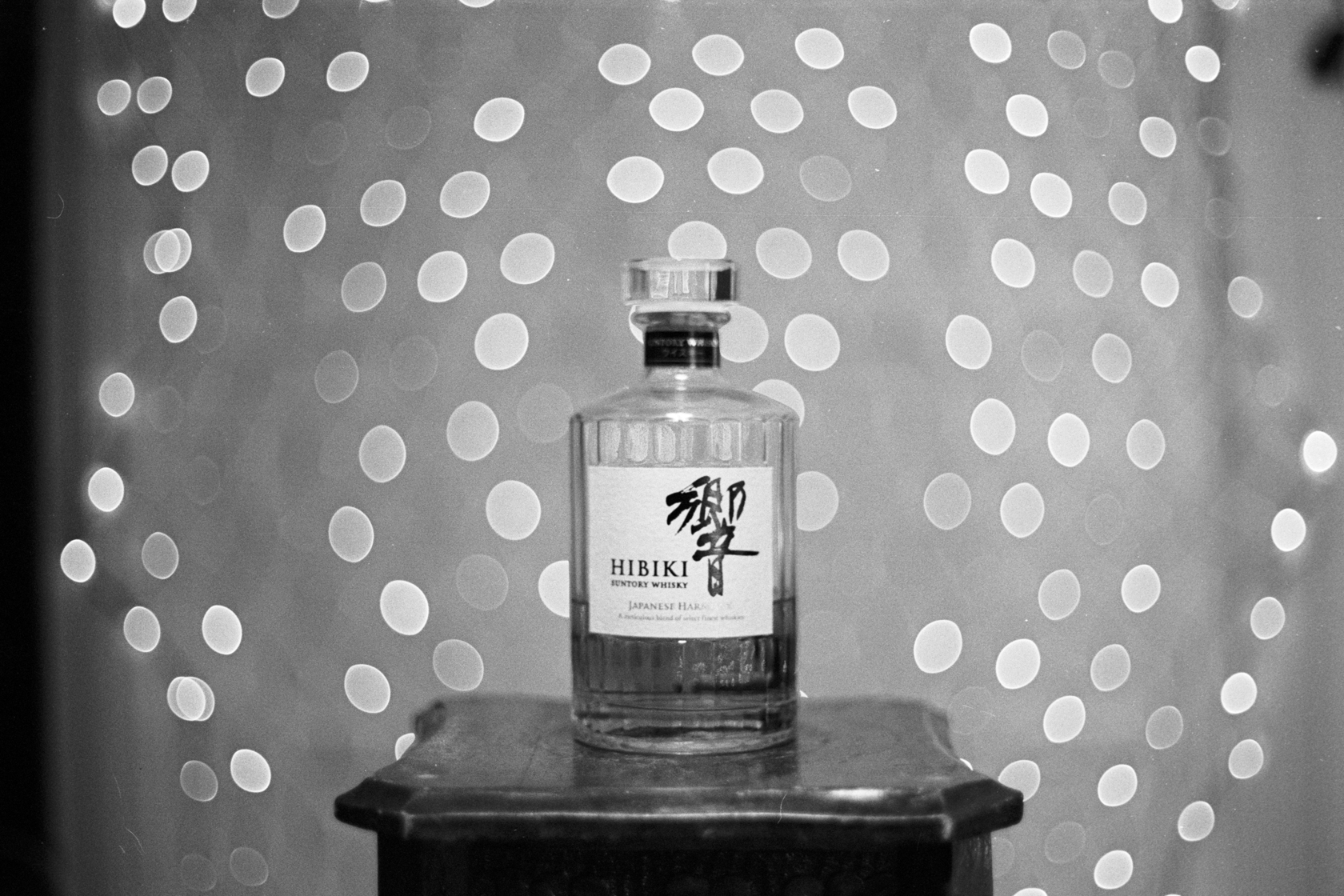
Helios 44M-4, 58mm f2:
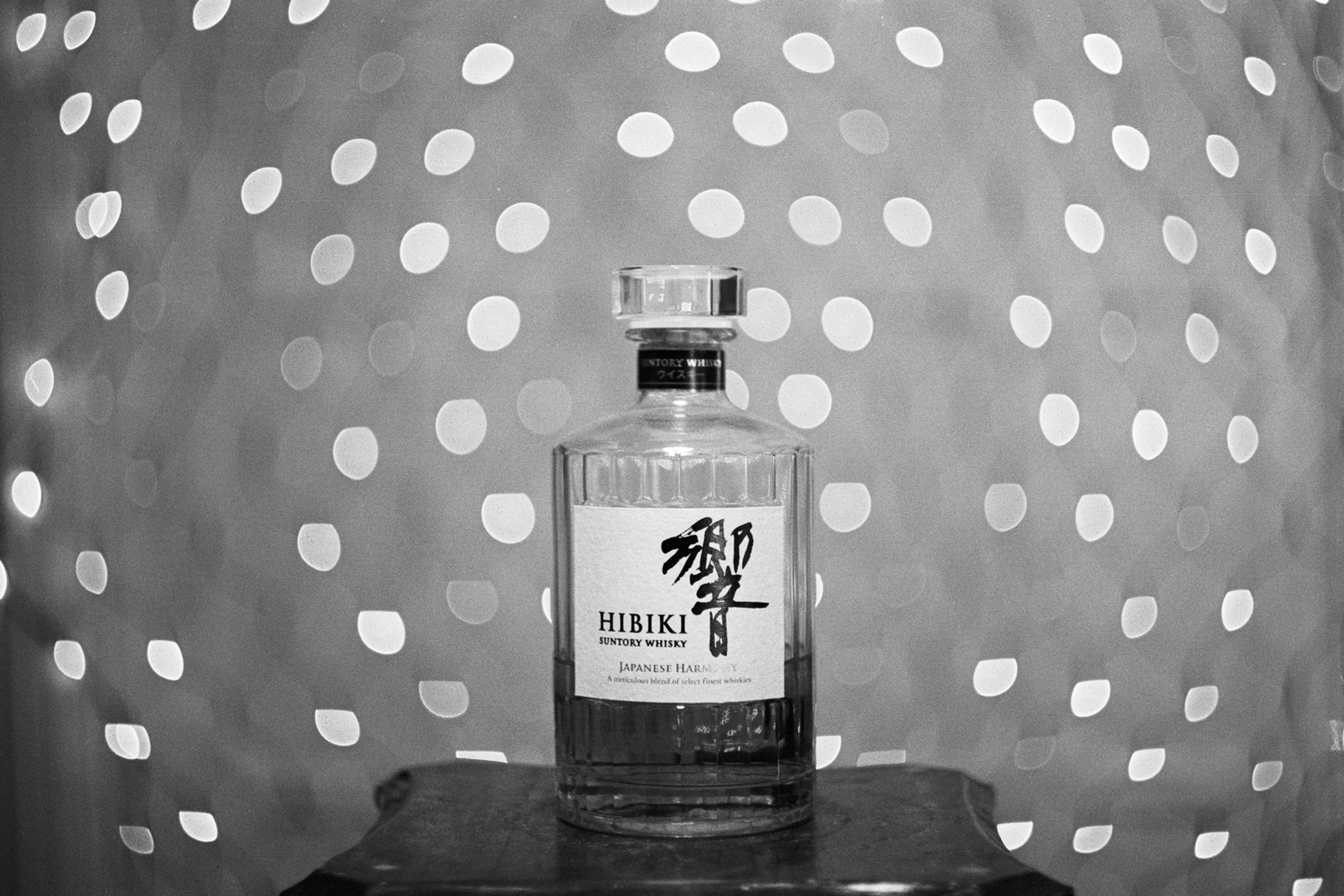
Jupiter 11A, 135mm f4:

Pentacon Auto MC, 135mm f2.8:
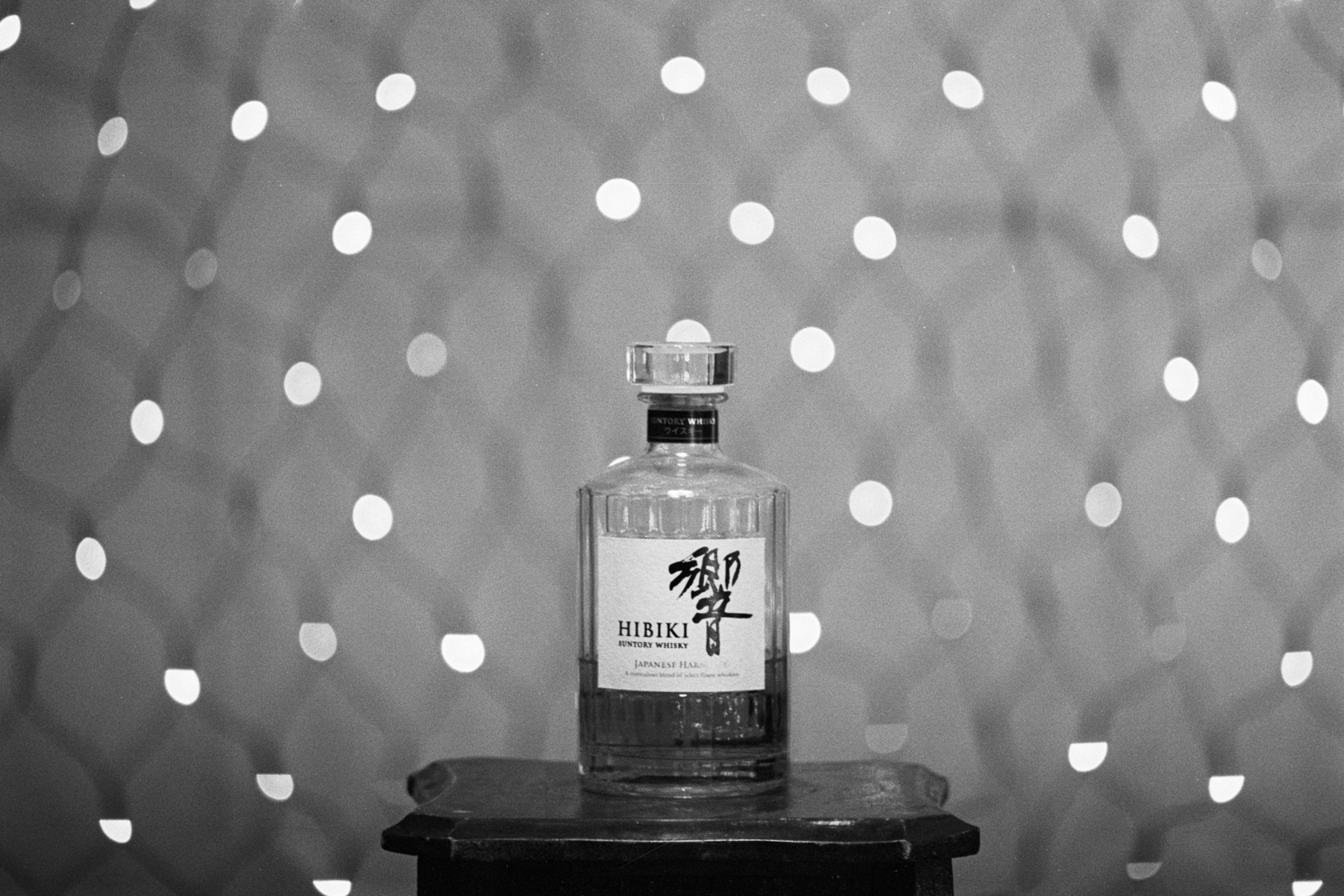
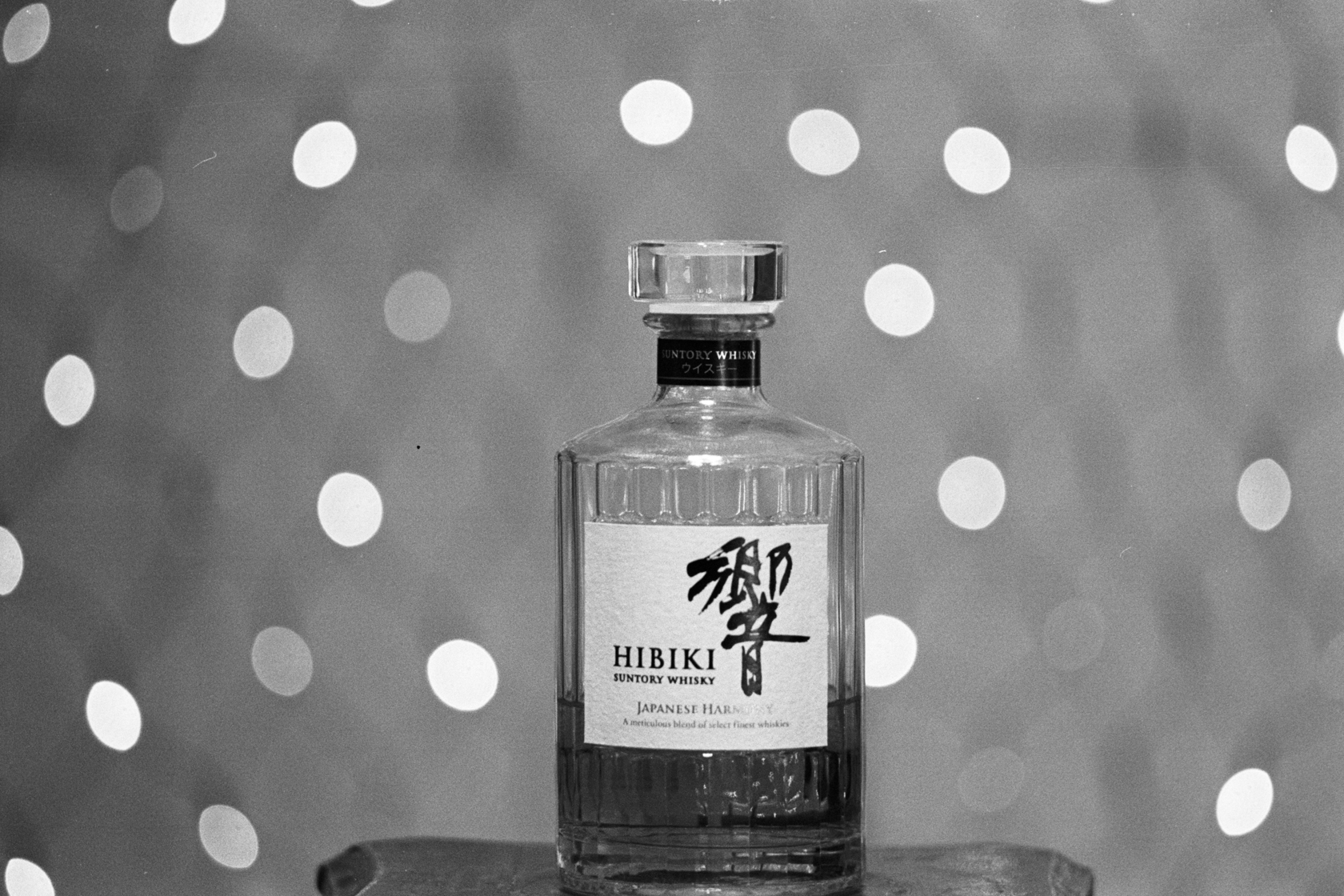
And some extra shots to finish the roll, all with the Pentacon Auto MC, 135mm f2.8:
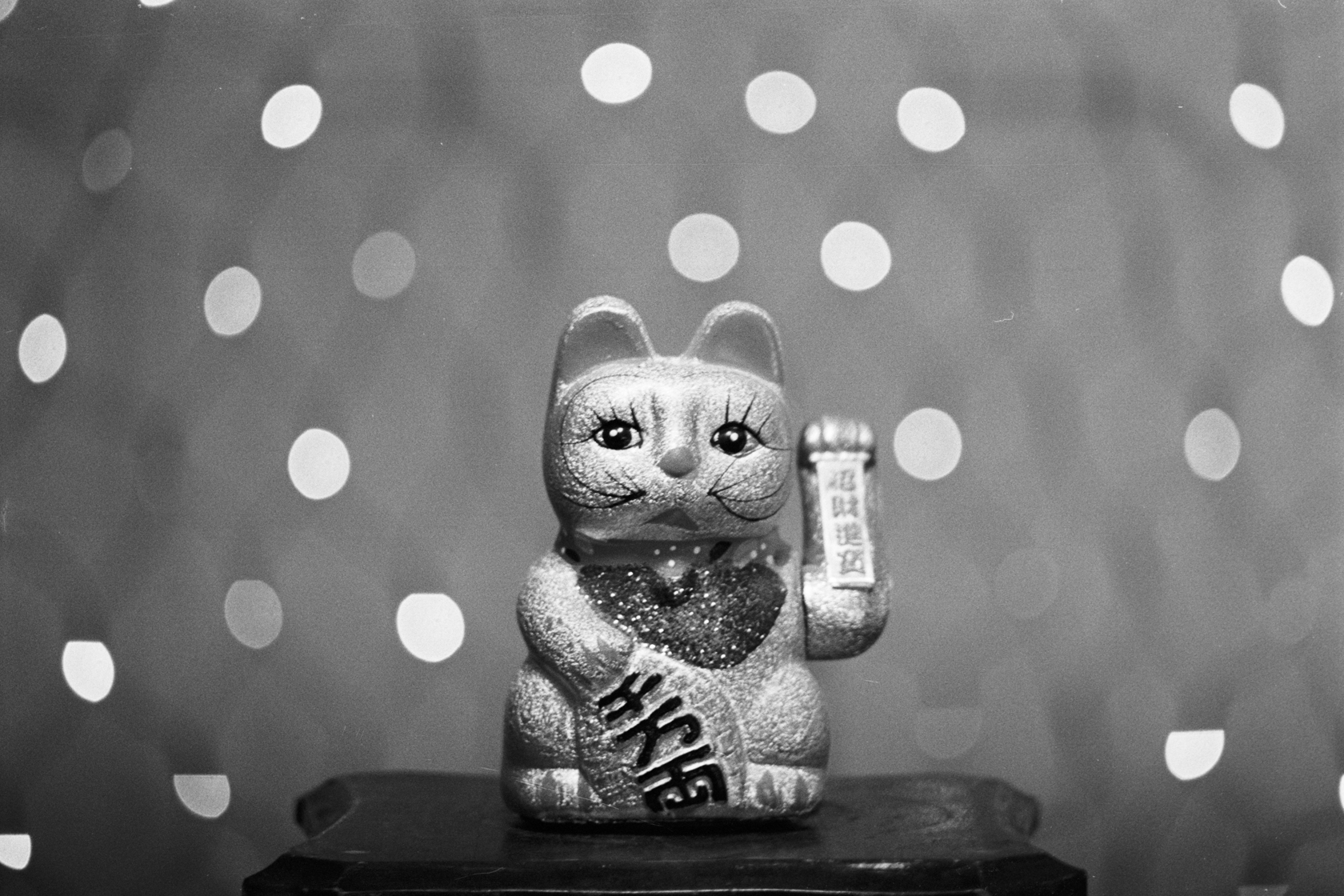


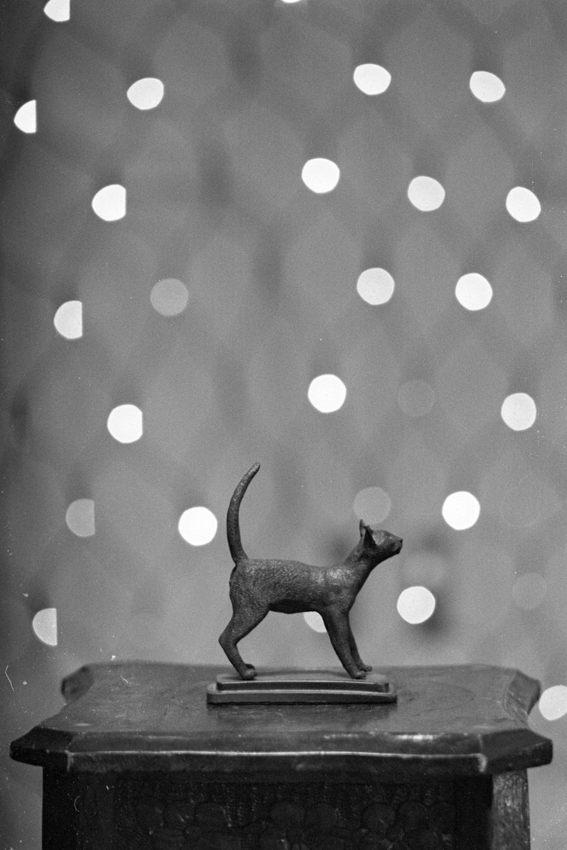
That’s it! What did I learn? That the Asahi Super-Takumar is as awesome as I remember, that the 58mm Soviet boys are practically identical but super fine, with a slightly swirly bokeh, that the 28mm Chinon is adequately sharp and quite contrasty and that, if I ever need a tele, I should go for the classical look of the Pentacon. Oh, and that tests involving film equipment are very, very fun!
Thanks for sticking around :)
